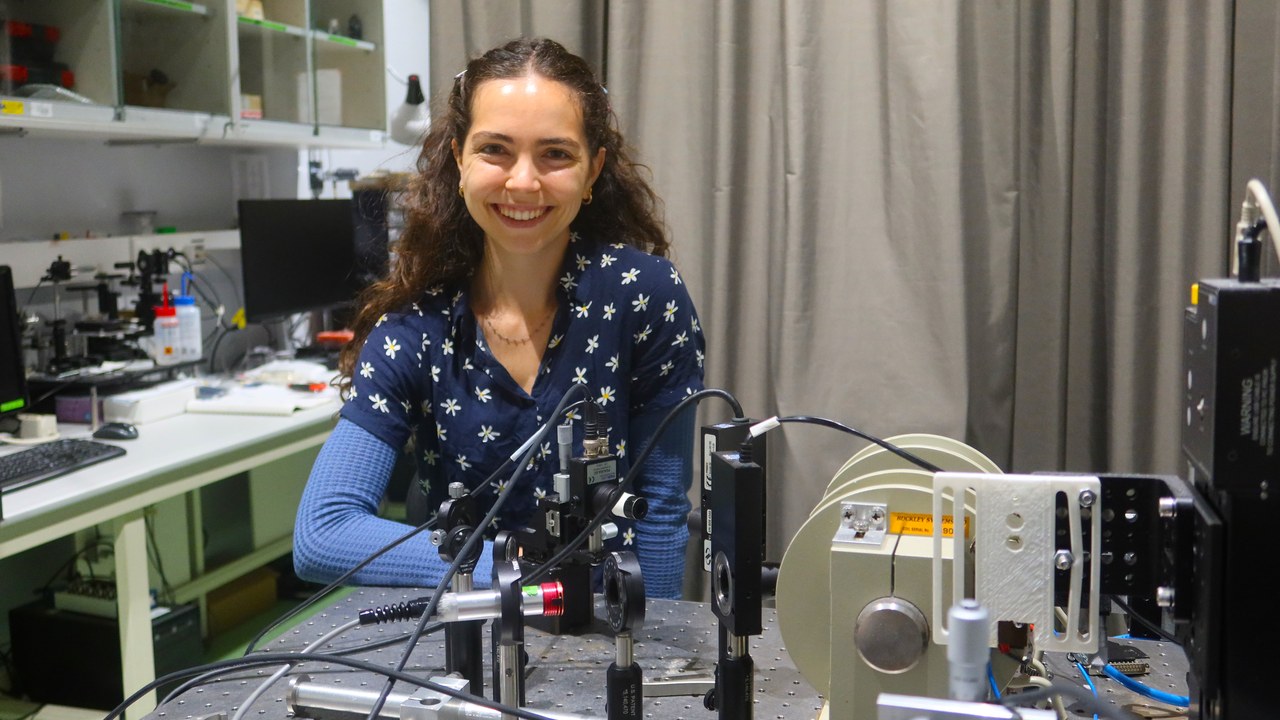PhD thesis defense: Ultrasensitive Magneto-Optical Ellipsometry for depth-resolved Magnetometry
CIC nanoGUNE Seminars
- Speaker
-
Carmen Martín Valderrama
CIC nanoGUNE - When
-
2025/10/10
11:00 - Place
- CFM Auditorium
- Host
- Andreas Berger & Ane Martinez de Guereñu
- Add to calendar
-
iCal

The central goal of this thesis is to develop and demonstrate a robust experimental methodology capable of unambiguously detecting and characterizing depth-dependent vector magnetization states in nanoscale multilayers. This is motivated by the crucial role of non-collinear spin configurations in spintronic technologies and the persistent challenge of resolving them experimentally. Despite their importance, no universal methodology currently exists to directly measure such depth-dependent spin structures.
Several key methodological steps were undertaken to establish a reliable foundation for this work. First, the reflection matrix in linear magneto-optics was experimentally verified. Second, a linear superposition approach of the magneto-optical signal of the individual layers was developed and verified and confirmed.
With this groundwork, generalized magneto-optical ellipsometry was applied to multilayer samples, demonstrating that the phase of the magneto-optical coefficients provides sensitivity to non-collinear spin states. Full vector magnetometry was achieved in a two-layer system, revealing independent magnetization rotations with the applied field. Additionally, anomalous out-of-plane signals were observed and attributed to interlayer Dzyaloshinskii–Moriya interactions, as confirmed by simulations.
These results were made possible through extensive preparatory work: the fabrication of high-quality epitaxial films, structural verification by x-ray diffraction, and macrospin-based simulations reproducing the observed behavior. Altogether, this thesis establishes a framework for layer-resolved vector magnetometry and advances the understanding of magnetic multilayers.
